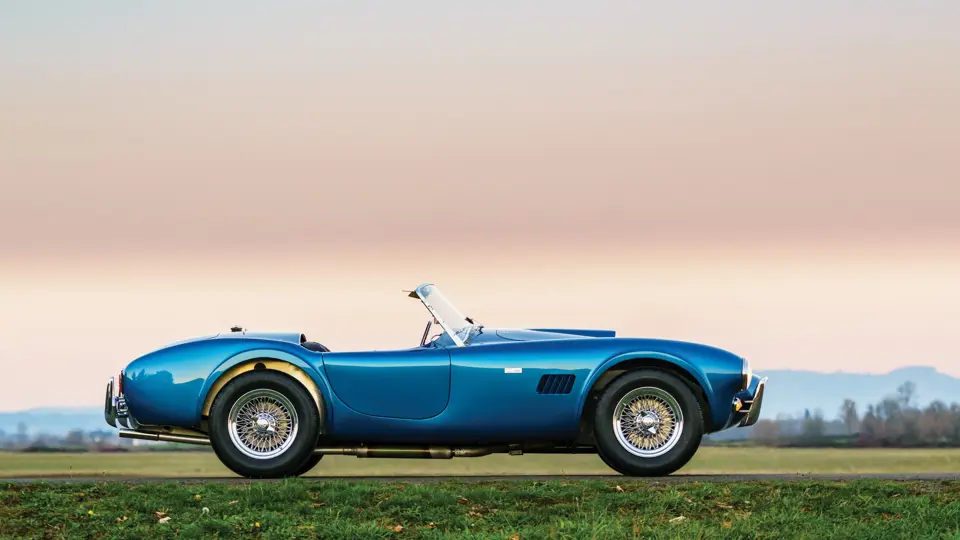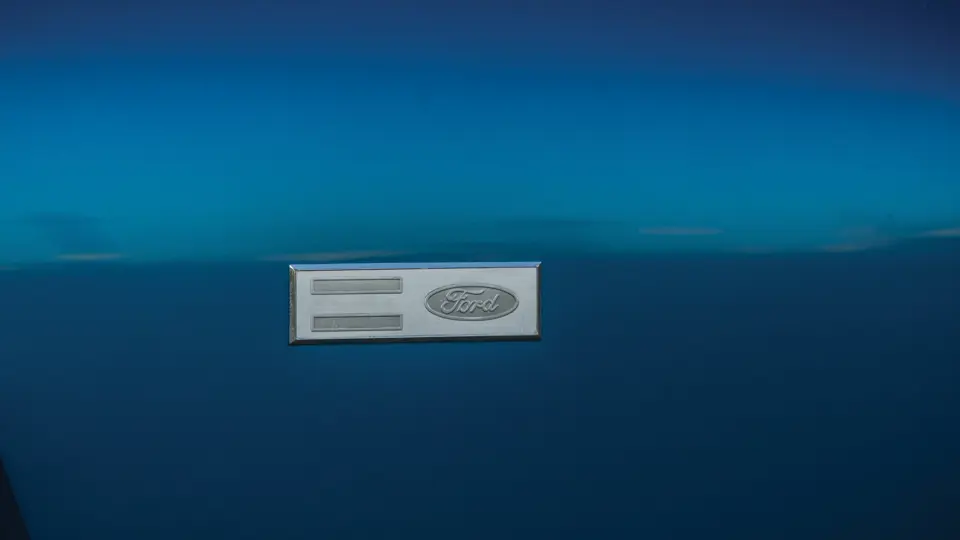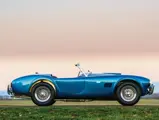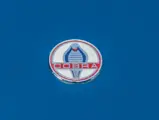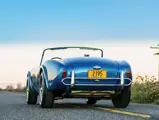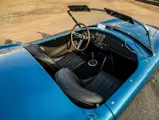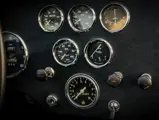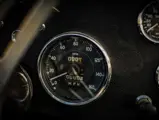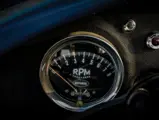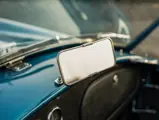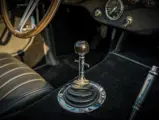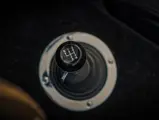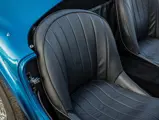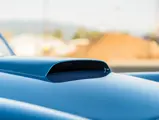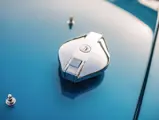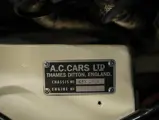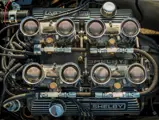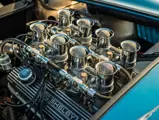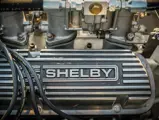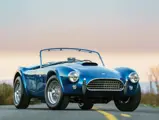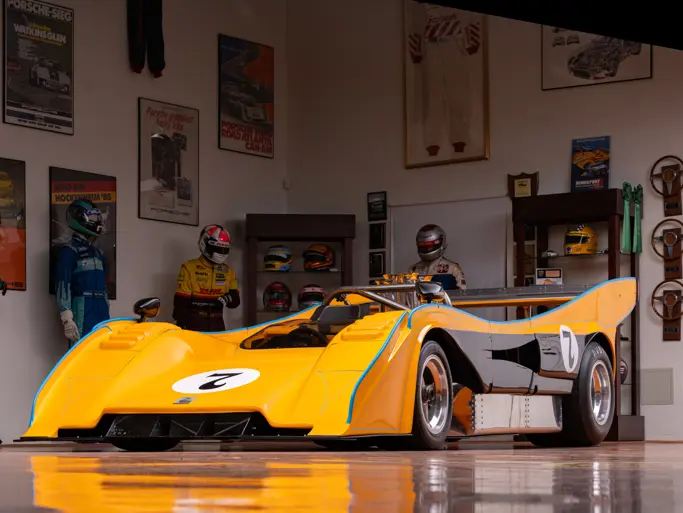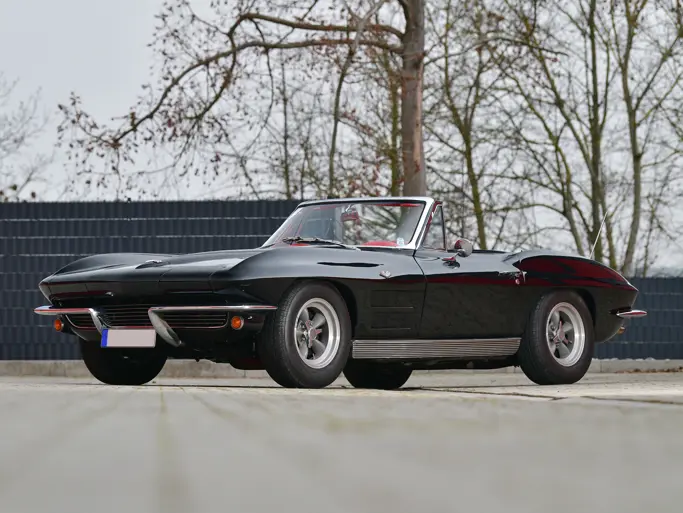Carroll Shelby established his reputation as a racing driver by 1961 and was ready to kick it up a notch and build his own race car. Impressed by the combined agility and power of borrowed Cad-Allards, he set out to create the ultimate Anglo-American hybrid. AC Cars of Thames Ditton, England, provided the nimble tubular frame with aluminum body of their Ace, highly reputed for its dexterity on the European circuit. Desirous of the visceral power of the Dearborn, Michigan, manufactured V-8, Shelby persuaded Ford to furnish their short stroke 260-cu. in. engine to complete the perfect union. The lightweight Ace frame had to be modified to accept the muscular V-8 engine, but such was Shelby’s power of persuasion, both entities agreed to allow the new prototype to be named after the race driver. In 1962, a brilliant yellow Shelby Cobra was unveiled at the New York Motor Show.
Sporting a four-speed manual gearbox, the prototype – chassis CSX 2000 – weighed in at just 2,100 lbs. and was campaigned around the U.S. Shelby American Inc. could barely meet demand for the brawny little race car and by 1963 it upped the ante switching to a rack-and-pinion steering system, but most notably it adopted the 289-cu. in. Ford motor with 271 hp and a top speed of 130 mph. The Shelby 289 Cobra was able to accelerate from 0–60 mph in just 5.8 seconds. The superb power-to-weight ratio enabled the newcomer to take 7th place in the 1963 Le Mans, and Dan Gurney went on to be the first U.S. driver to win an FIA race in an American car at the Bridgehampton 500 KM in September of the same year. The following year at Le Mans, the Shelby Cobra won 4th place overall and 1st in the GT class.
Chassis CSX 2195 is unique as it was one of very few Shelby Cobras especially ordered by Ford for exhibition and demonstration purposes. It was shipped to Los Angles on 1 October 1963. The Bright Blue Shelby body fitted with the 289 Ford powerplant was transported to S.P. Spaulding Ford in Richmond, Virginia. This example was special-ordered by Ford with extruded rear wings to accept wider tires and a factory rollbar. It came with a black interior and ‘Class 1’ accessories package, which included chrome rocker covers, WSW tires, and a luggage rack. After exhibition at several promotional events, this Shelby Cobra was retired by Ford and sold to Tony Fisher of North Carolina who repainted it gold and drag raced it for two seasons. Fisher ran the Cobra extensively in 1964 with his all-female pit crew. According to correspondence included with the car, he was ‘undefeated’ and won over $18,000 in prize money and side bets.
In 1967, the Cobra was purchased by Jim Walker of Canada and raced under the pseudonym ‘Jay Walker’ in the U.S., where it is believed to have won various events, including the NASCAR Gold Cup Championship. The car was eventually acquired by Larry Epworth, also of Canada, where it remained until 1985 when chassis CSX 2195 was purchased by a collector and race enthusiast in Clackamas, Oregon. The car was never raced again and has remained within his family until today. Extensive documentation, detailing thousands of dollars and hundreds of hours of labor, show that this amazing Shelby Cobra was ‘restored incrementally’ between 2006 and 2018, as every component and element has been replaced, renewed, rebuilt, or upgraded. The car was repainted the original Bright Blue and the interior and exhaust were returned to factory-correct specification. Accompanying this Shelby Cobra is a portfolio of documentation, including an event program on which the late great Carroll Shelby himself penned ‘Chassis CSX 2195’ and his own signature.
This Shelby Cobra 289 is one of only 580 built between 1963 and 1965, but unlike many of its siblings, this car has truly lived the life it was built for. It is the apogee of the bare-bones sports racer and with its unique history and racing pedigree, this Shelby Cobra is by anyone’s standard an excellent example for continued spirited driving.




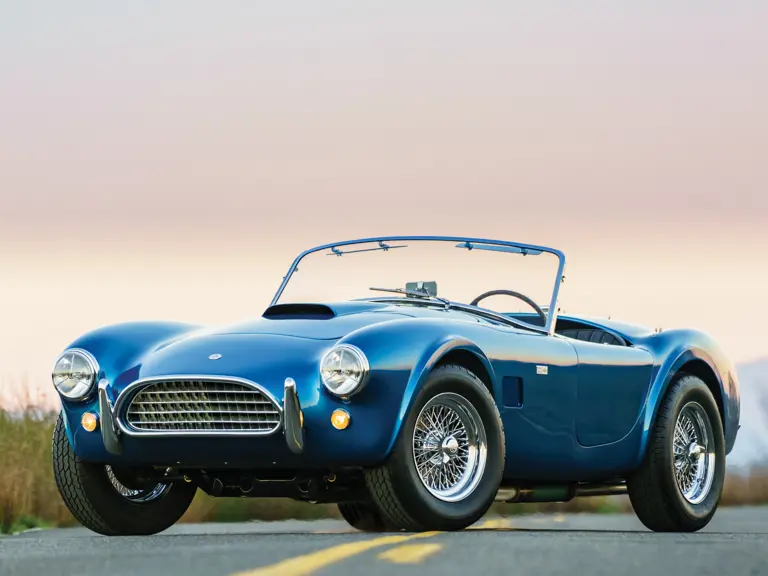
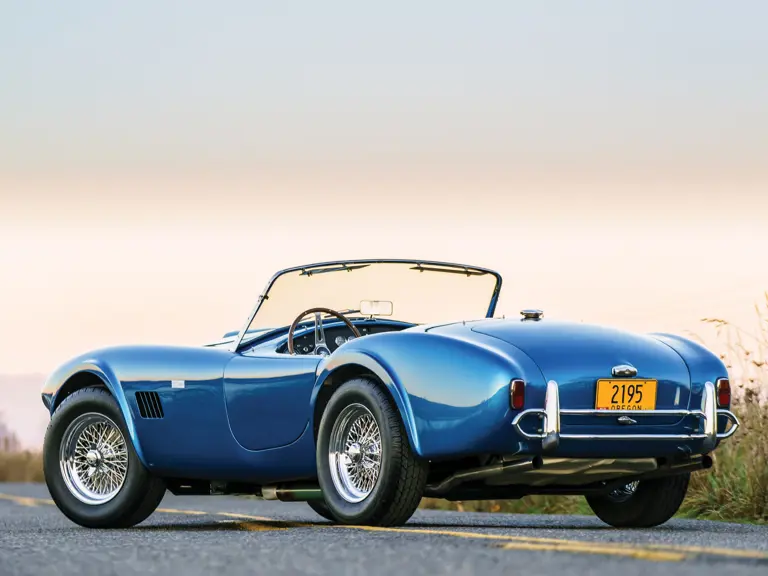

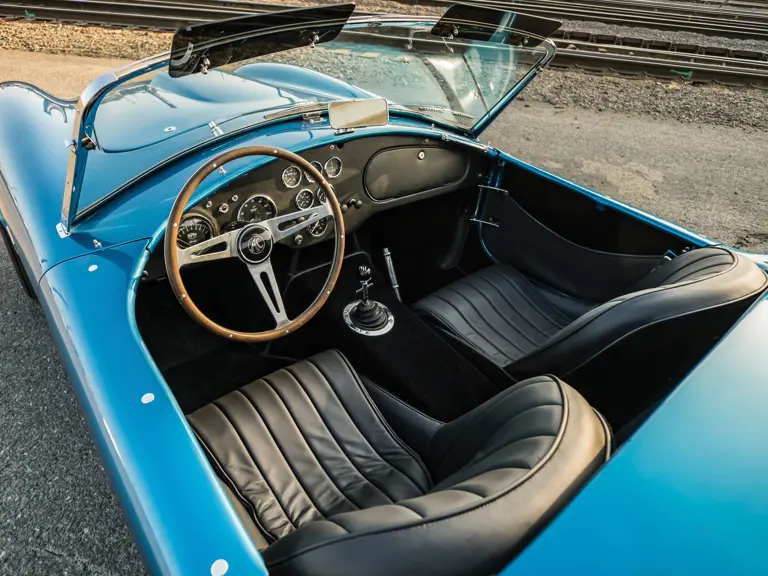
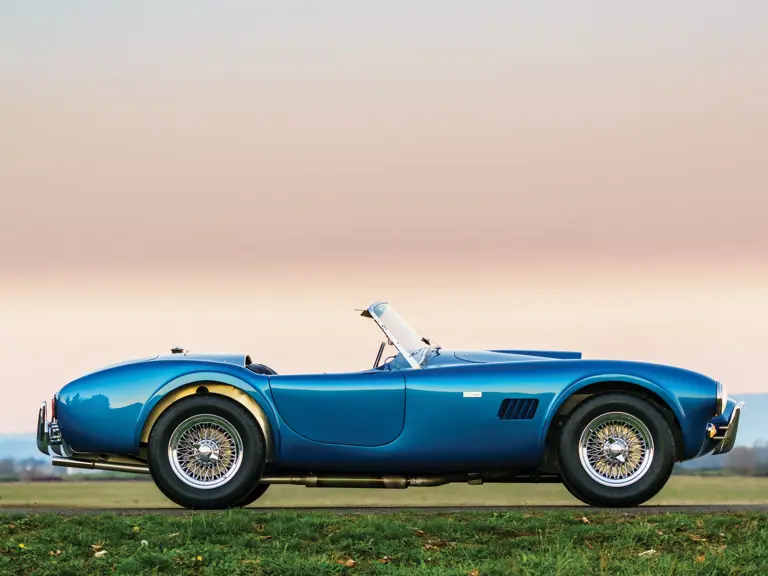
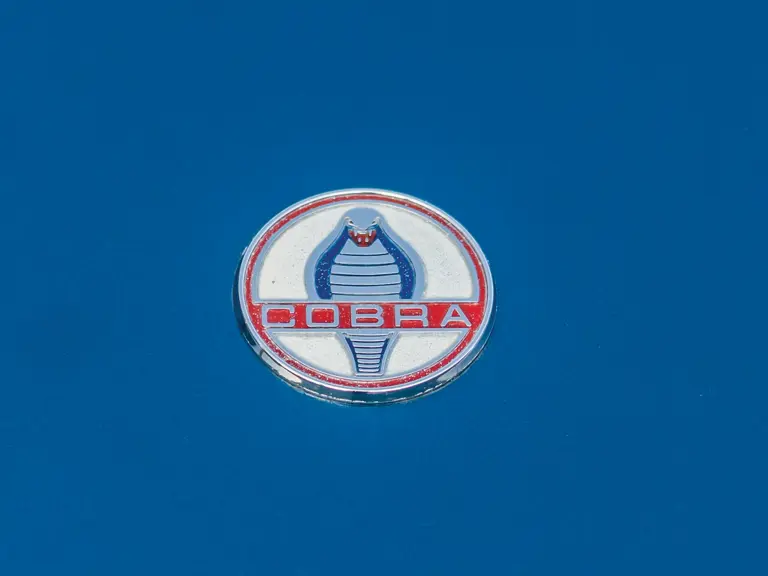


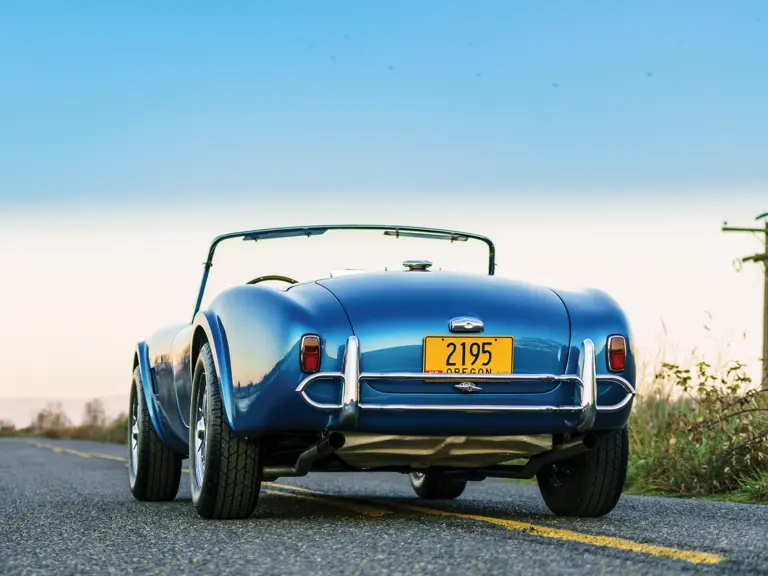
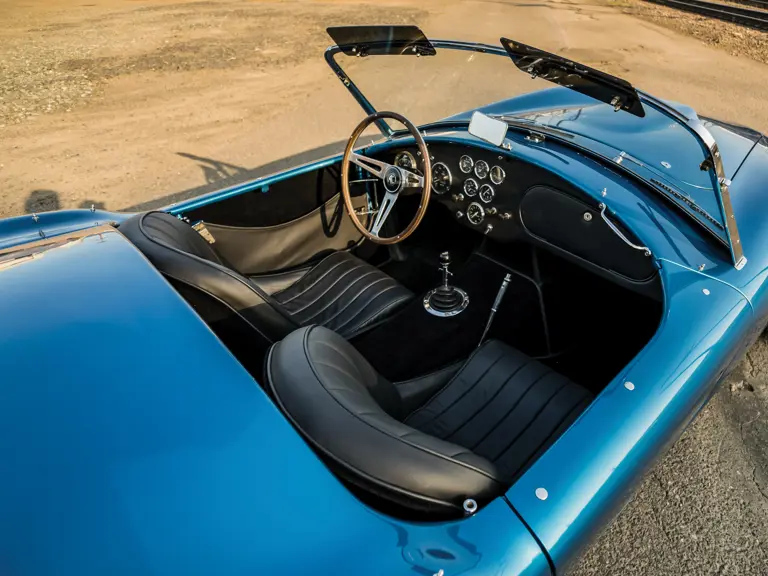
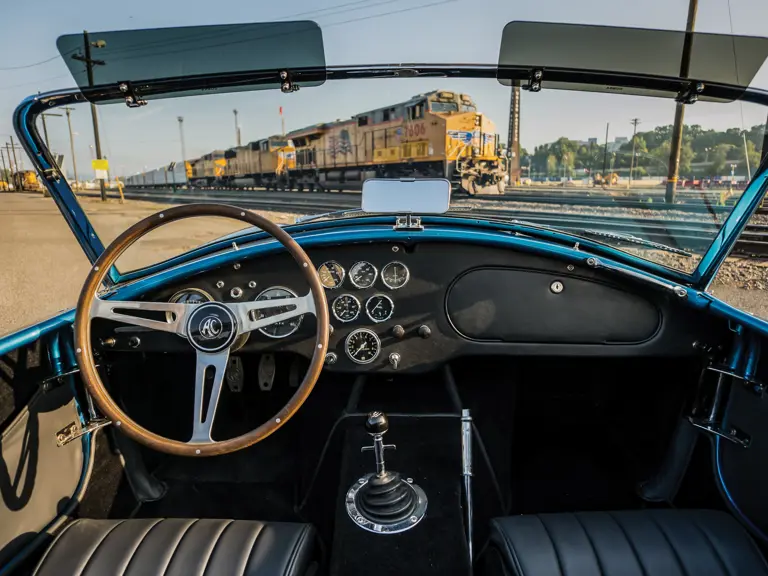
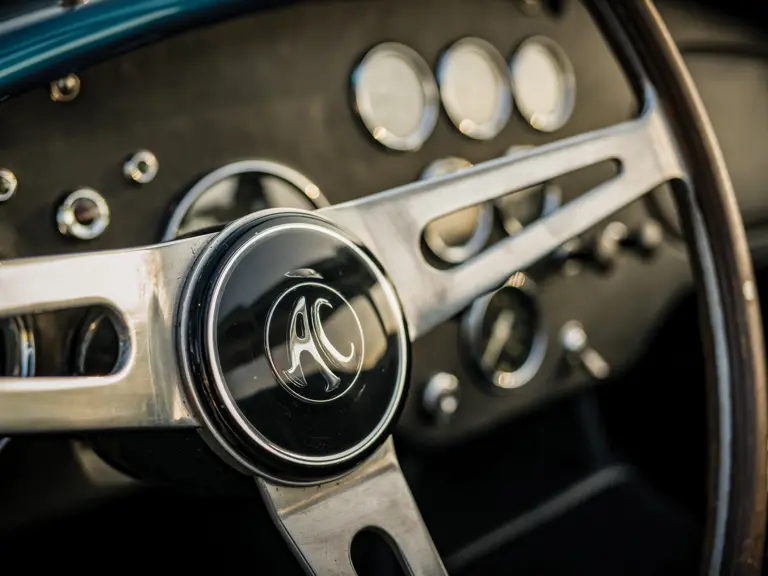
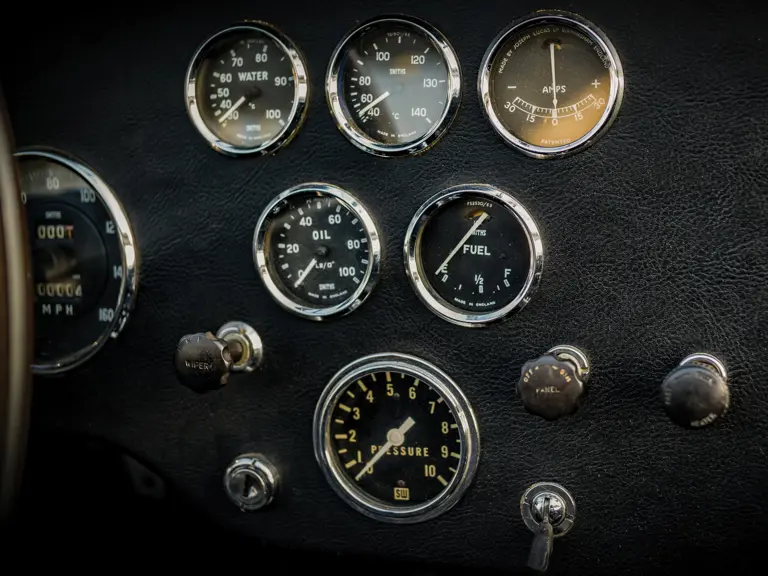
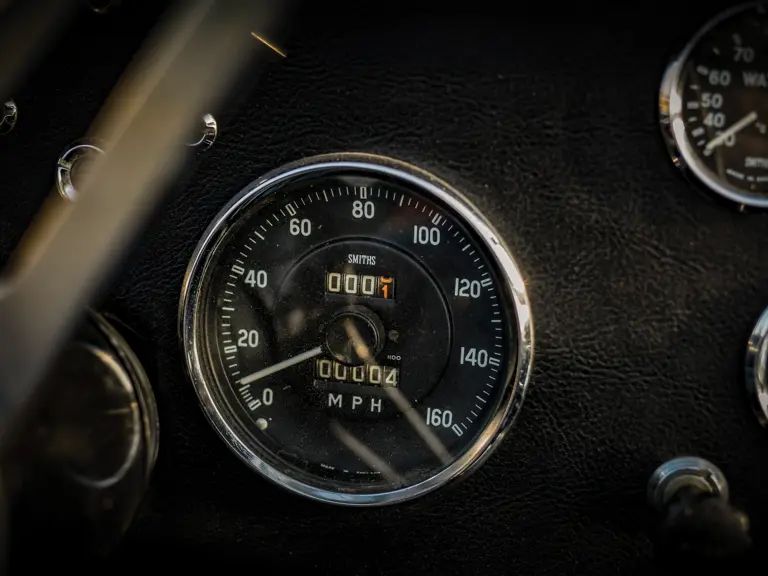
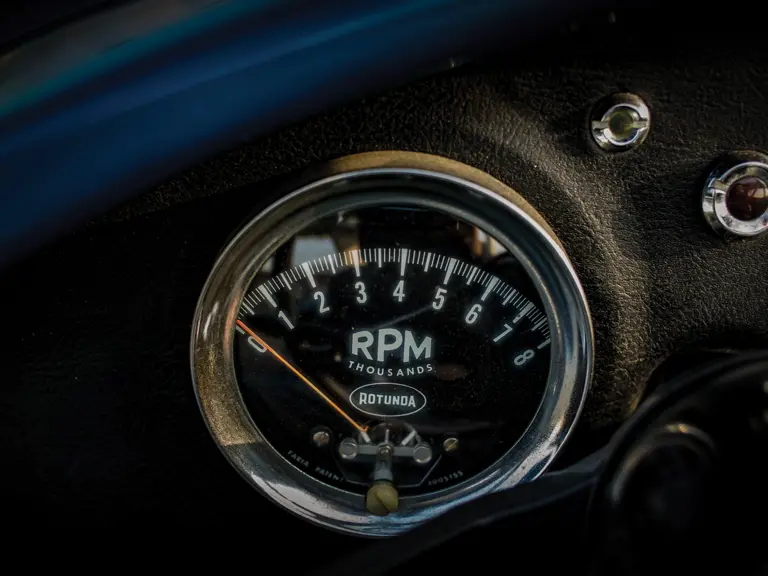
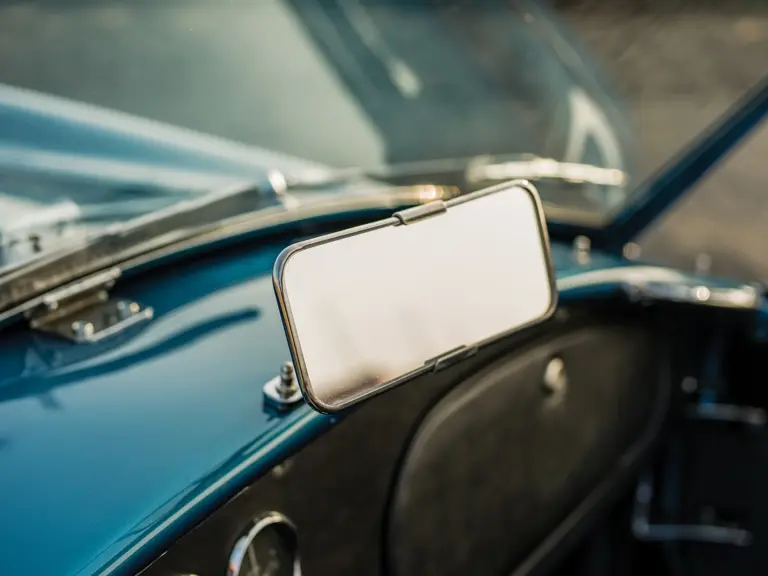
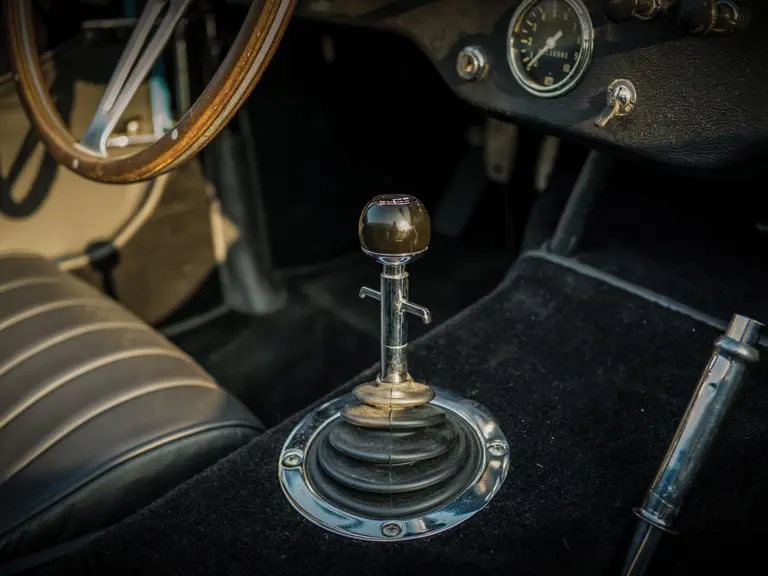
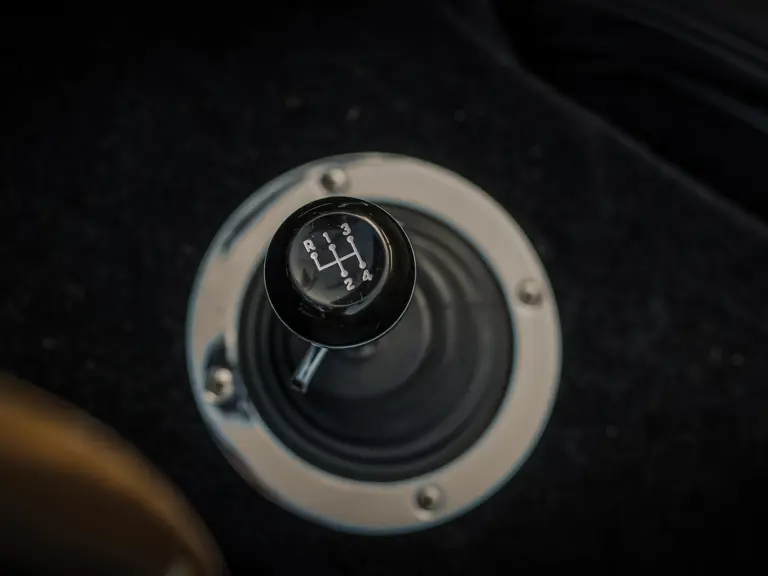
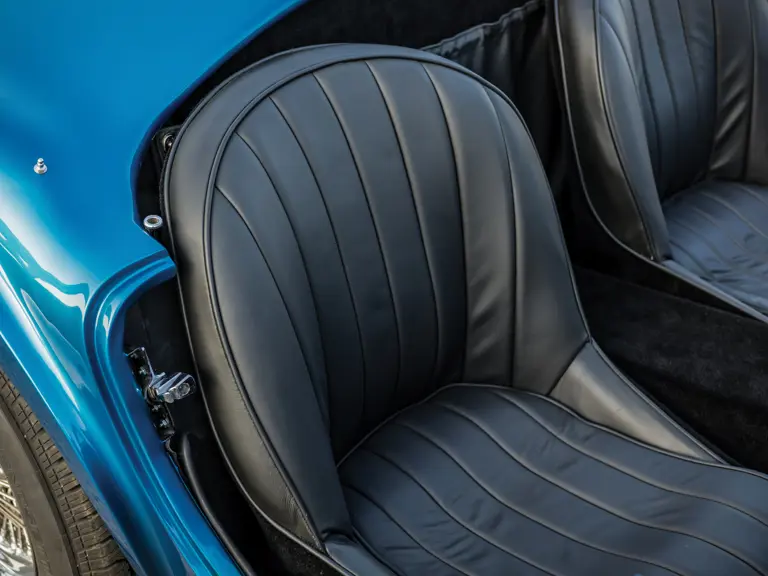
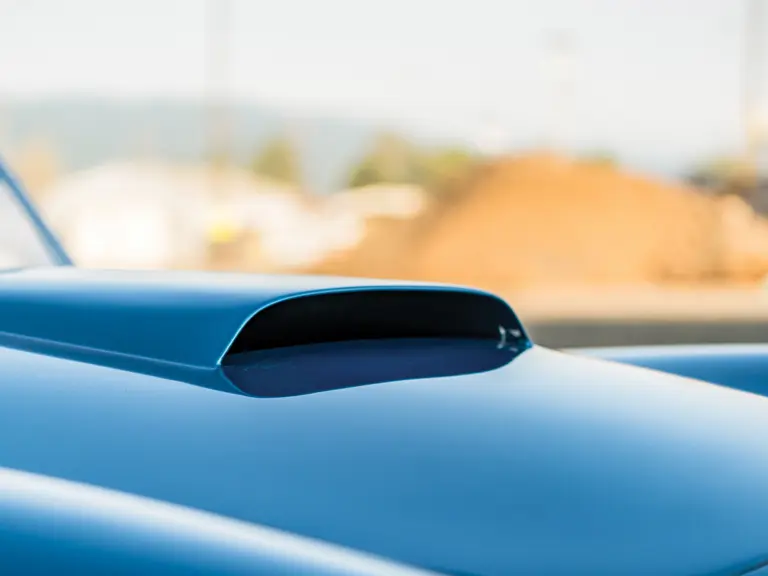


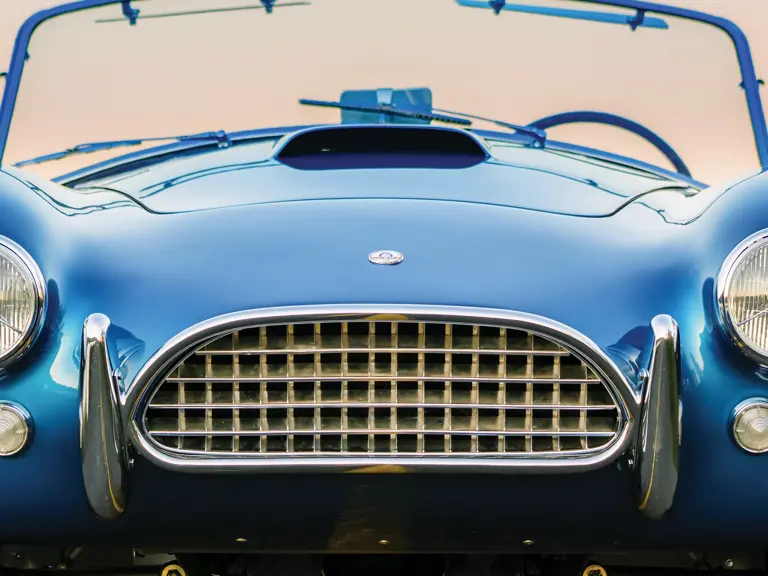
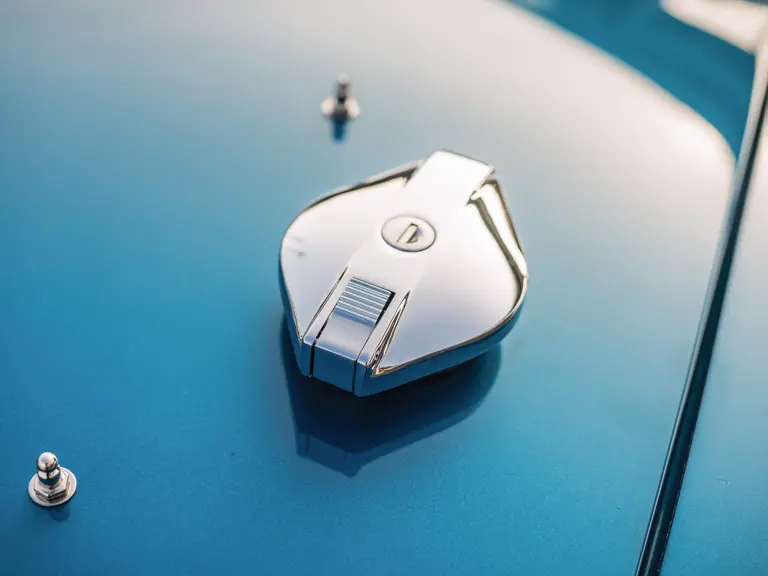
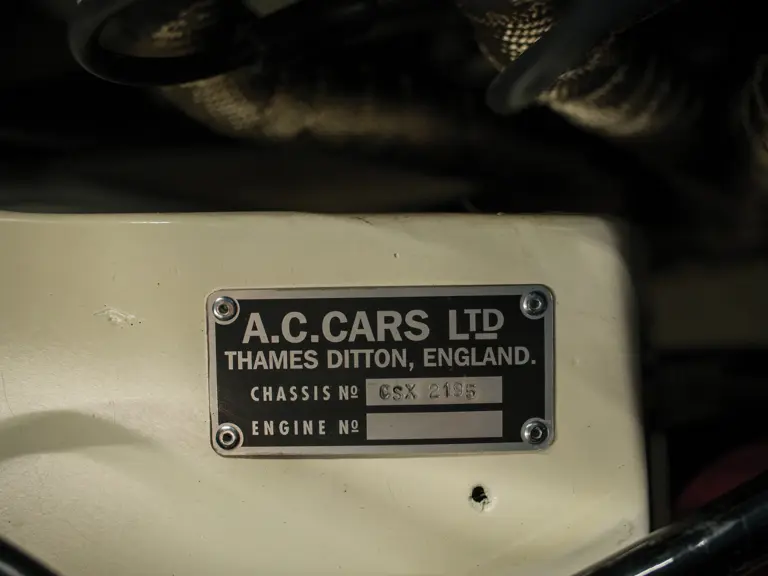
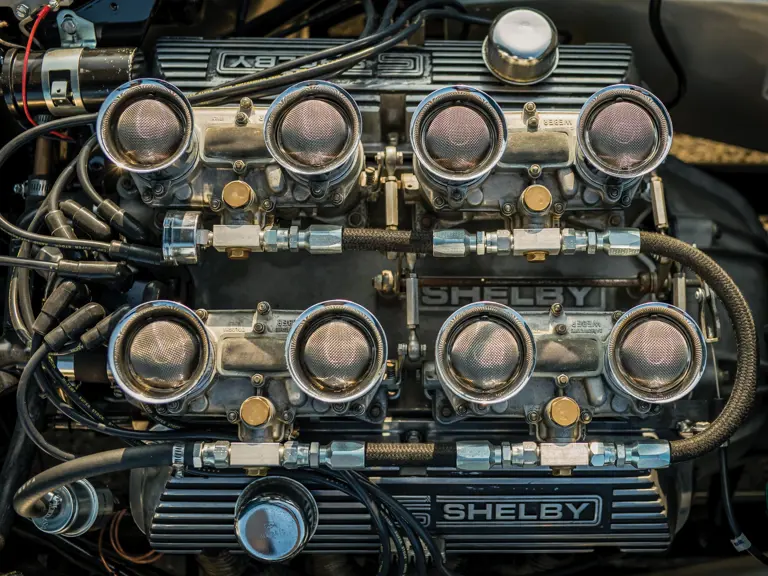
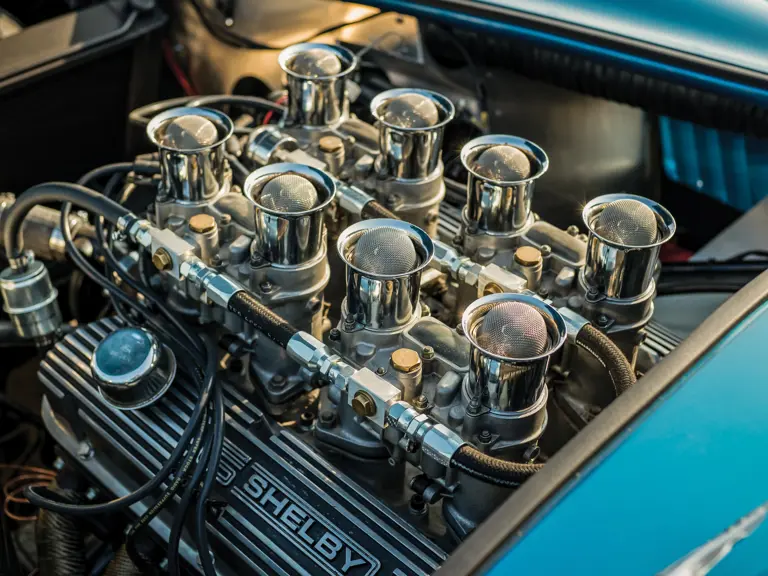

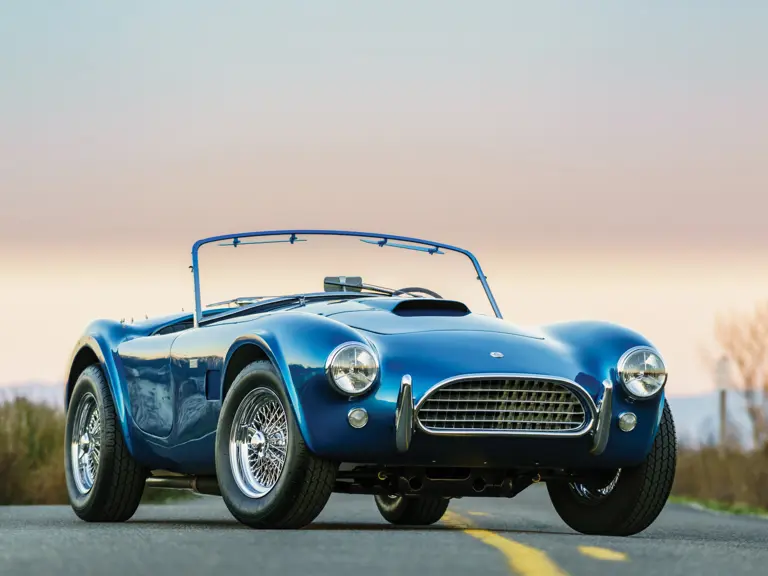

 | Phoenix, Arizona
| Phoenix, Arizona
